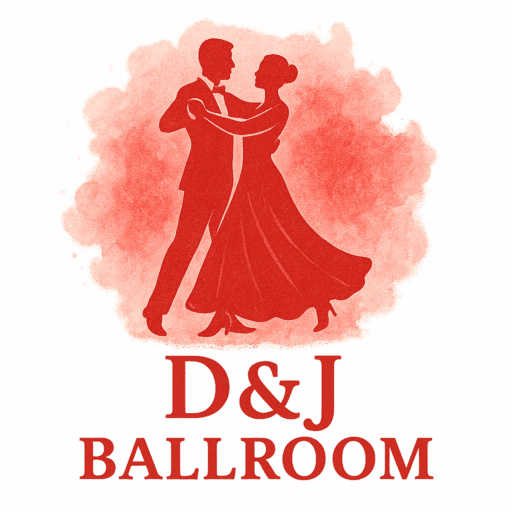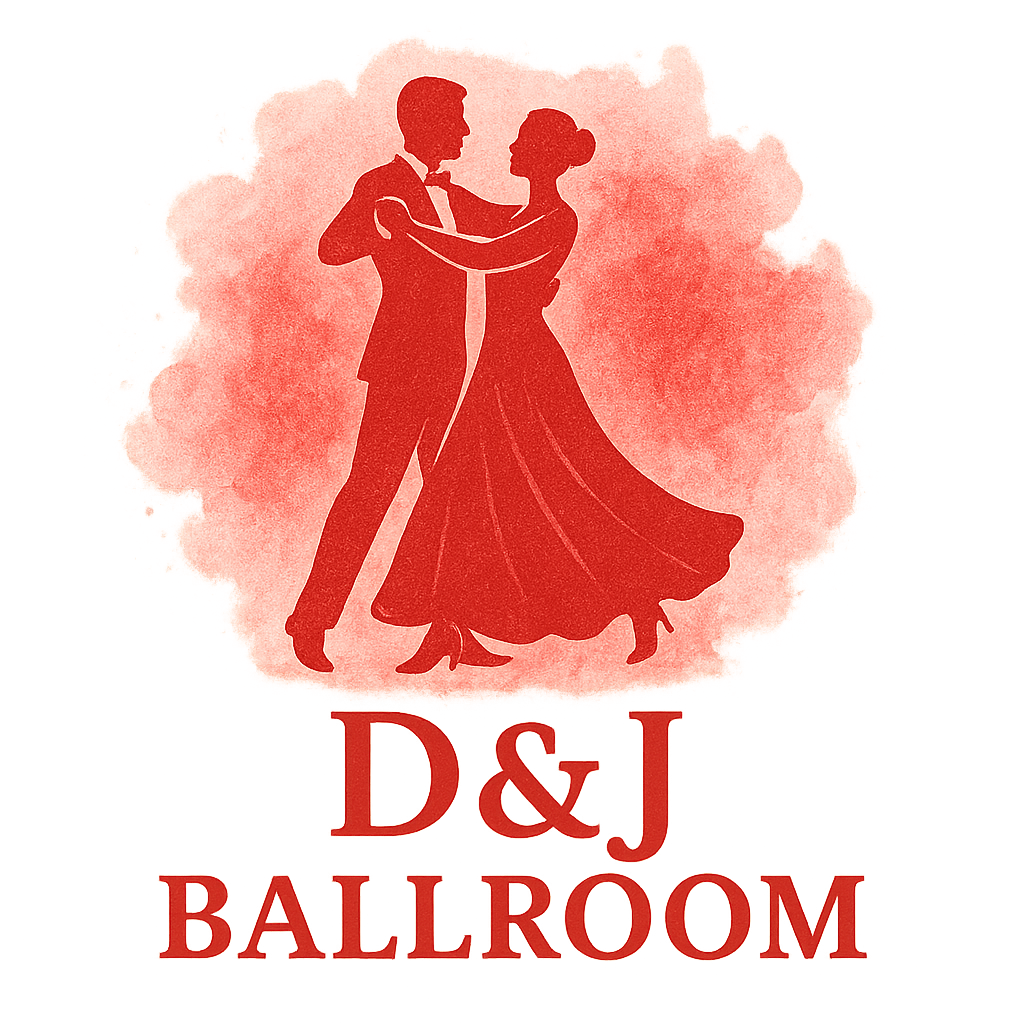Introduction to Footwork in Ballroom Dance
In ballroom dancing, footwork is the hidden secret behind every graceful glide and sharp movement. Without controlled steps, even the most passionate tango or flowing waltz feels unpolished. That’s why dancers of all levels spend time refining their technique. If you’re curious about how ballroom developed into the refined art it is today, you can explore its rich history and culture to see how footwork shaped traditions across the globe.
Why Footwork Control Matters in Ballroom Dancing
The Foundation of Balance and Timing
Every ballroom dance style, from classic waltz to fiery tango, relies on weight control. Correct heel-to-toe action ensures you stay balanced and glide in harmony with your partner.
Footwork as a Storytelling Tool
In ballroom, your feet are like a pen writing on the dance floor. The softness of a rumba or the sharpness of a paso doble comes alive when footwork matches the story behind the music.
Preparing for Ballroom Footwork Drills
Warm-Up and Stretching Essentials
Stretch your calves, ankles, and hamstrings before starting. Just like in professional ballroom training sessions, a proper warm-up protects you from injuries and makes movements smoother.

Choosing the Right Shoes and Attire
Ballroom-specific shoes are non-negotiable. They’re designed to help with pivots, slides, and weight transfer. If you’re unsure what to wear, check out ballroom attire and fashion tips to make sure you look and feel the part.
Setting Up Practice Space
You don’t need a grand studio. A smooth surface, a bit of open space, and a mirror will transform your living room into a personal practice floor.
8 Quick Ballroom Technique Drills for Footwork Control
Drill 1: Heel-Toe Precision Walk
Walk slowly across the floor, rolling from heel to toe. This simple drill is a foundation of ballroom discipline and works for styles like waltz or foxtrot.
Drill 2: Weight Transfer Balance Drill
Shift your weight from foot to foot without lifting your toes. This exercise improves your stability for smooth transitions in dances like rumba or cha-cha.
Drill 3: Box Step Foot Placement
Break the box step into slow parts, ensuring accuracy in each placement. If you’re preparing for ballroom competitions, clean basics make a huge difference.
Drill 4: Slow Motion Tango Walks
The tango walk should feel like a powerful glide. Practicing slowly gives your movements intensity, echoing the drama of this dance’s cultural roots.
Drill 5: Rise and Fall Waltz Exercise
Practice rising on the balls of your feet, then lowering smoothly. This creates the signature “floating” effect of the waltz.
Drill 6: Quickstep Rhythm Change Drill
Alternate between slow and quick steps. This mimics the playful energy of quickstep while sharpening your rhythm control.
Drill 7: Cross-Over Foot Control
Cross one foot over the other while maintaining balance. This technique is essential in dances like cha-cha and samba.
Drill 8: Cha-Cha Lock Step Drill
Lock steps define the cha-cha. Practice repeatedly, focusing on locking your knees without rushing. This prepares you for faster tempos often seen in dance events.
Tips for Maximizing Your Ballroom Practice Sessions
Breaking Down Complex Movements
Don’t rush through entire sequences. Just like in professional drills, isolate tricky parts and master them one by one.
Recording and Reviewing Your Progress
Video feedback is your best friend. It reveals posture issues and foot misplacements you might miss in the mirror.
Practicing with Music and Without Music
Balance your training by practicing with music for rhythm and without it for technical accuracy.
Common Mistakes in Ballroom Footwork Control
Overlooking Posture Alignment
Even perfect foot placement won’t help if your upper body collapses. Strong posture is emphasized in all training programs.
Rushing Through Movements
Technique first, speed later. Trying to move fast too soon only creates sloppy steps.
Ignoring Musicality
Ballroom isn’t mechanical. Step into the music, not against it—especially in rhythm-heavy dances like cha-cha and samba.
Benefits of Practicing Ballroom Drills Regularly
Improved Balance and Coordination
Your body learns how to distribute weight, making spins, turns, and transitions effortless.
Stronger Dance Partnership
Clean footwork ensures smoother partner connection, especially under competition pressure.
Greater Confidence on the Dance Floor
When you know your steps are solid, you shine brighter in both social dance settings and formal events.
Advanced Tips for Dancers Seeking Competitive Edge
Incorporating Drills into Choreography
Don’t separate drills from routines. Blend them into your choreography for natural execution.
Training with a Partner vs. Solo
Solo work develops precision; partner work enhances timing and connection. Both matter in competitive ballroom.
Seeking Professional Feedback
A coach can fine-tune your movements, the same way mentors guide dancers in advanced training programs.
Conclusion
Ballroom dancing thrives on control, balance, and artistry—and it all starts with footwork. These 8 ballroom technique drills are quick to learn, easy to practice, and powerful enough to elevate your dancing whether you’re training for fun, fitness, or competitions. With consistent practice, your steps will become second nature, allowing you to express the music with confidence and grace.
FAQs
What’s the fastest way to improve ballroom footwork?
Consistency. Practicing short, focused drills daily accelerates progress.
How often should I practice ballroom technique drills?
3–4 sessions per week keeps muscle memory sharp without overtraining.
Can beginners use these drills effectively?
Yes, they’re designed for all levels and provide a foundation for various ballroom styles.
Do I need a partner for all ballroom drills?
Not at all. Most drills are solo-friendly, though practicing with a partner improves timing.
How long should a ballroom drill session last?
20–30 minutes is ideal for concentration and stamina.
Are these drills useful for competitions?
Absolutely. Judges look for precise footwork in every ballroom competition.
What shoes are best for practicing ballroom drills?
Choose proper ballroom shoes with suede soles for balance, slide, and pivot control.


